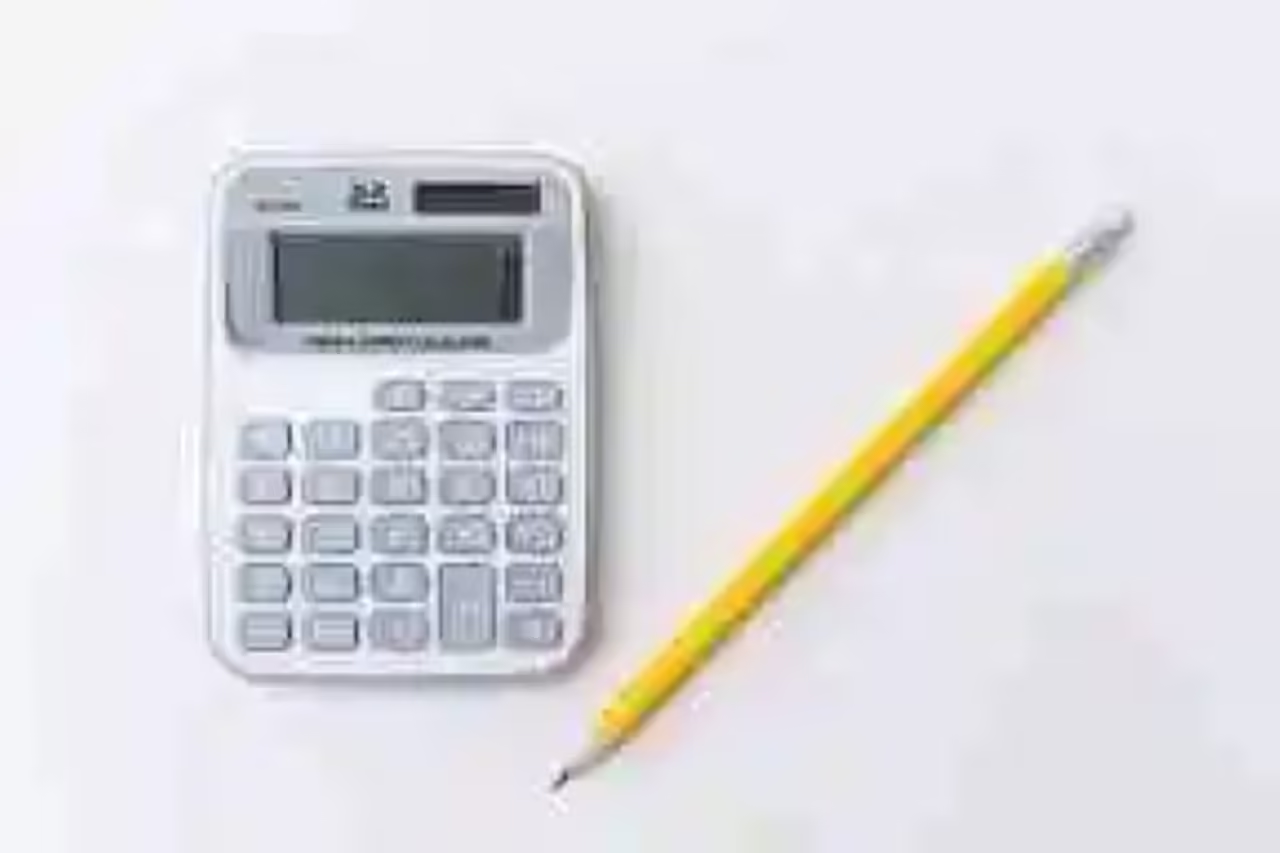Perhaps the best thing to do before explaining the polynomial decomposition of decimal numbers is to briefly review some definitions that will allow us to understand this procedure in its proper mathematical context.
Fundamental definitions
In this way, it may also be prudent to delimit this theoretical revision to four specific notions: Decimal Numbers, Scientific Notation, Monomials and Polynomials, since these are respectively the elements, operations and algebraic expressions, directly related in any procedure that seeks to convert a decimal number into a polynomial expression. Then, each of them:
Decimal numbers
In this sense, we will begin by saying that Mathematics has conceived decimal numbers as those numerical elements, by means of whichit is possible to give written expression to non-exact quantities, which constitute rational and irrational numbers. Likewise, this discipline has indicated that decimal numbers can also be understood as those numbers composed by two different parts, one integer and the other decimal, which have been explained in the following way:
Integer: also known as Units, it is always composed of an integer, which can be positive, negative or even zero. In it, its elements, being numbers belonging to the Decimal Numbering System, have a positional value, so they will be counted from right to left, units, tens, hundreds, units of a thousand, tens of a thousand, and so on.
Decimal part: secondly, within the decimal numbers, there will also be incomplete Units, which will always be made up of a number less than the unit, and which in the Numeric Line, can be located between 1 and 0. In this part of the decimal number, its elements will also have a positional value, so that in them, but from left to right, tenths, hundredths, thousandths, ten thousandths, etc., can be counted.
Both parts of the decimal number will be -always and without exception- separated by a comma. To the right of it the incomplete Units will be written down, while to the left the Units will be written down. There are some mathematical currents that prefer the use of the point, however, regardless of the sign chosen, it should separate the whole part (Units) of the decimal (Incomplete Units).
Scientific Notation
In the second instance, it will also be pertinent to focus this theoretical revision on the concept given by Mathematics on Scientific Notation, which is conceived as the operation destined to obtain the abbreviated form of a certain number, which due to its dimensions, either because it is extremely large, or on the contrary, intimately small, must be abbreviated, in order to provide a much more practical handling of the figure it represents.
This method is widely used in the scientific field, where it is common to use numbers with these characteristics, that is, with a large number of elements in its constitution. Using it then facilitates the recording of data, the performance of operations with large numbers, and especially the reduction of the margin of error that can occur in this type of activities.
As for the method to be followed when taking a large number to its Scientific Notation, Mathematics points out that this will basically depend on whether the number to be abbreviated is an integer or a decimal, and two methods can be found in this regard. Next, each one of them:
If the number is integer
If the number to be abbreviated is integer, then start by deleting the zeros to the right. Also, take the part other than zero, and take it as the integer that will multiply the base power 10 in its expression as scientific notation. However, if it is a number greater than 10, it must be expressed again as a decimal, where its whole part does comply with these characteristics.
This number is taken, and multiplied by a base power of 10, elevated to a positive exponent and equivalent to the number of spaces that the comma should move to the right, or the number should be completed with zero, in the same direction, before throwing the number that has been abbreviated. An example of this type of exercise would then be as follows:
45000000000000 → 4,5. 1013
If the number is decimal
On the other hand, if the number to be abbreviated by Scientific Notation is a decimal number, another type of procedure must be followed. In this case, start by deleting the comma and the leading zeros from the number other than zero. However, if this number is greater than 10, it should be expressed as a decimal, looking for its entire part if it fits this requirement, as well as being greater than 1.
Once this number has been found, it will then be multiplied by a base power of 10, raised to a negative exponent, equivalent to the number of spaces that the comma should move to the left, in the number that multiplies this power, to find again the original number that has been abbreviated. An example of this type of conversion of decimal numbers to Scientific Notation could be the one shown below:
0,000000054 → 5,4. 10-8
Monomials and polynomials
Finally, perhaps it would be of great use to look for a moment at the definition that Mathematics has promulgated of algebraic expressions, known as monomials and polynomials.In this sense, we will have the following concepts:
Monomial: basically, a monomial will be an algebraic expression composed of two elements: a rational number and a letter that represents an incognita, which in turn is elevated to an exponent constituted by a natural number. Both elements multiply each other, being this operation the only one allowed among the elements of a monomial.
ax2 =
Polynomial: for its part, the polynomial will be the addition, subtraction, multiplication or division, posed between two or more monomials, as well as some independent terms, that is, those that are simply a rational number, which is not multiplied by any letter:
ax3 + bx2 + cx + d=
Polynomial decomposition of decimal numbers
Once each of these elements have been reviewed, it is certainly much simpler to approach the concept of Polynomial Decomposition of Decimal Numbers, a procedure that can then be explained as the operation, whose purpose is to convert a decimal number into all possible monomials, which each of their positional values can throw away, in order to subsequently obtain the polynomial produced from them, once each of these monomials obtained is added together.
Steps to achieve polynomial decomposition of decimal numbers
However, this mathematical operation must be performed through a method, composed of several steps that must be followed in order to find the polynomial decomposition that really corresponds to the decimal number posed. Next, each one of them:
Once the decimal number that must be decomposed has been given, we will begin by separating in decimal expressions, its tenths, hundredths, thousandths, etc. That is to say, the number will be written as all the decimal expressions that should be added to obtain it. If the decimal number had a whole part, other than zero, it should be done the same with units, tens, hundreds, etc..
2.- Having these decimal numbers, each one of them should be taken in turn to its precise scientific notation.
Once this has been done, it is considered that the polynomial decomposition of the decimal number has been completed. The monomials of this polynomial expression will not have a letter in it, but the power of 10, as if the incognita had been cleared.
4.- If one wanted to verify the operation, it will be enough to convert the scientific notations again to decimal numbers, and add them. The result must be equivalent to the decimal number that was decomposed in principle.
Example of how to perform the polynomial decomposition of a decimal number
However, perhaps the most efficient way to complete an explanation about the procedure to be followed when achieving the polynomial decomposition of a decimal number is through the concrete example exposition, which allows us to see in a practical way how each of the steps indicated by the method suggested by Mathematics are applied. Next, the following exercise:
Perform the polynomial decomposition of the following decimal number: 344,56
To perform this exercise, each of the parts of the decimal number, i.e., the whole part and the decimal part, must be broken down into the elements that should exist so that adding them together would result in the number originally stated:
344 = 300 + 40 + 4
0,56 = 0,5 + 0,06
Once these elements are in place, the next phase of the operation should be applied, which will consist of taking them to their expression in scientific notation, remembering then that integers should be multiplied by base powers 10, elevated to positive exponents, while decimal numbers should be multiplied by elevated powers to positive exponents:
300 + 40 + 4 + 0,5 + 0,06 = 3. 102 + 4. 101 + 4. 100 + 5 .10-1 + 6. 10-2
Once this has been done, the operation can then be considered concluded. It will then be enough to express it as the final result.If one wanted to check the operation, each monomial expressed in scientific notation should be converted to its original expression, and then the quantities obtained should be added, in order to check whether or not the decimal number that was originally raised to carry out the Polynomial Decomposition is obtained:
344,56 = 3. 102 + 4. 101 + 4. 100 + 5 .10-1 + 6. 10-2
Image: pixabay.com








